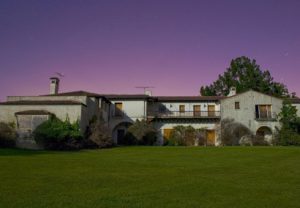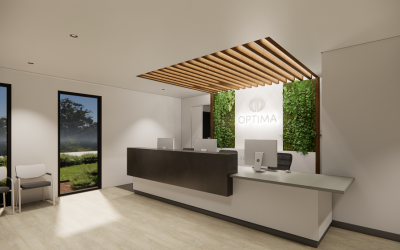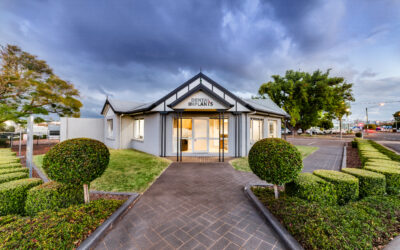Treating your practice like Steve Jobs’ house? Reinvest or Divest
—
There is a famous story about an old house owned by Steve Jobs in Woodside California, called Jackling house. Steve hated the house and wanted it torn down, so that he could build a new, more suitable, house for his family.
There was only one problem. The old house was a 1926 Spanish colonial-style house, loved by preservationists for its historical significance. They wanted it preserved for future generations.
After many years, Steve Jobs won the day. How? In the years that he had owned the house (and lived elsewhere), someone had removed the windows and doors, and had not repaired any roof leaks; the house was suffering from mould and dry rot, and vegetation was growing into the building. The judge in the case deemed that “Wilful Neglect” had turned the house into a hazardous danger to the public, to the point where the council had to allow its demolition.
practices, as “wilful neglect” is the only way to describe what I often see in dental practices, towards the end of a dentist’s career. It is not that they do anything as blatant as leave the windows and doors open; it’s that they start taking a very short term view of their asset. They start doing minimal maintenance on their practice or, at best, a patch up job, rather than reinvest their time, effort and money.
For example they:
• Stop attending CPD
• Stretch the useful life of a dental chair to near breaking-point
• Keep cabinetry, colouring on the walls, furniture and reading material in the waiting room that looks dated
• Postpone installing widely accepted technology
A dental practice (just like a house), if cared for and reinvested in, has a value that can be maintained and hopefully grown over time. A practice provides an income for you while you own it, and its sale should make a big difference to your lifestyle post-sale.
However, in order to do this, reinvestment needs to be ongoing – not just in equipment and aesthetics, but in time and effort as well. You need to have a passion for what you are doing and what you are turning up to work in every day. Sure, there can be transitory wanes in energy from time to time… However, if this fatigue is ongoing, you need to think about the impact that your ambivalence is having on your practice.
When reinvestment in a dental practice is compromised over a long period of time, it is akin to leaving the windows and doors open on Jackling house. It cannot help but lead to decline and depreciation in the long run, as the compromises sink in. If you aren’t reinvesting, if you aren’t bringing energy and enthusiasm to the practice, and your competition is, the result is inevitable in the long run.
If any smart businessperson had a chance to sell a major asset before it depreciated in value, they would do it every single time. Yet dentists – supposedly more intelligent than the average man – often choose to retain their ownership of their practice, long after lack of reinvestment has caused decline. Not because they believe that the practice prospects will turn around, but because they don’t believe that there is an alternative, other than retirement. They keep turning up to work every day, knowing that each year they will earn a little less than the previous year, until it either isn’t worth their while to do so anymore, or their health or their spouses tell them that it’s time to stop work.
What dentists often fail to appreciate is that the alternative to reinvestment doesn’t need to be slowly watching your asset depreciate till retirement…
A smarter, third alternative could be divestment without retirement…or, in other terms, selling and working post-sale.
A smarter business strategy would be to:
– Mentally note the point at which you are running out of steam in the practice and its fortunes start to plateau, or wane.
– Sell your practice at close to the peak of its value.
– Ensure favourable work conditions for yourself post-sale, either at your practice or elsewhere. Most purchasers of a patient base would want to show some continuity post-sale, to ensure low patient attrition.
By taking capital off the table, while continuing to have a high income job – and much lower levels of stress in their working lives – many ex-practice owners have reported a resurgence in their energy levels at work, once the burdens of ownership have been taken away.
Don’t let a major asset of yours deteriorate in front of your eyes because of fatigue, neglect and a perceived lack of alternatives. There are always alternatives.
“Wilful neglect” may have been a smart strategy for Steve Jobs… but then his goal was to depreciate the value of his house to the point where it was dangerous and could be demolished. It will only be a smart strategy for a dental practice owner if their long term goal is similar.
Written by Simon Palmer.

The Jackling house, c. 2007



